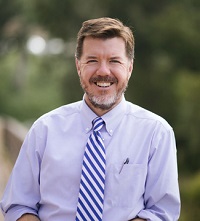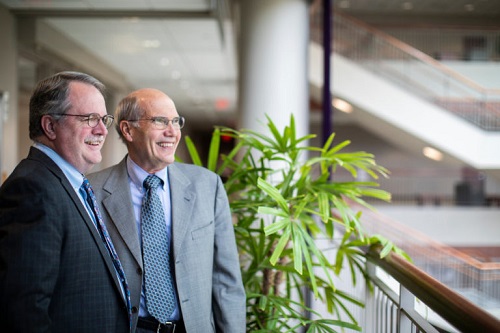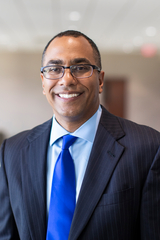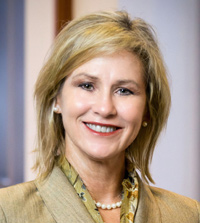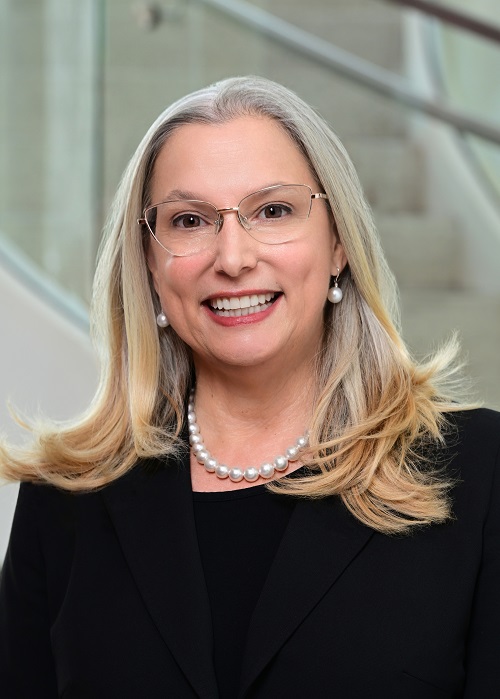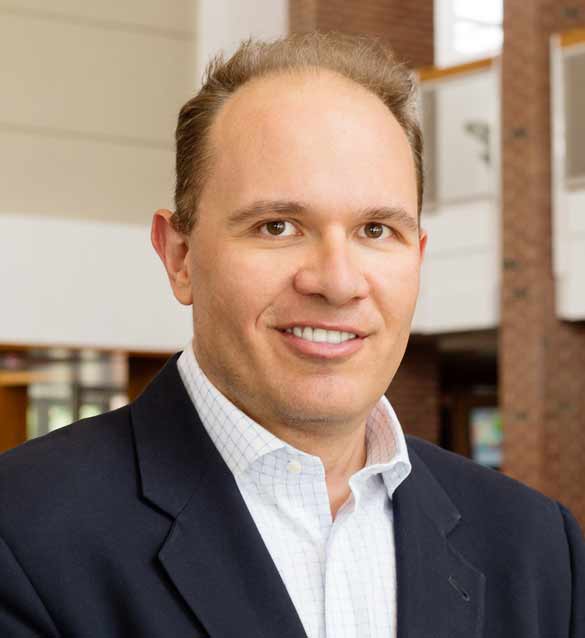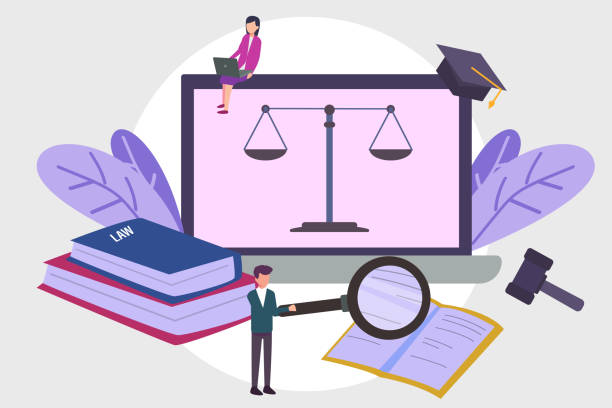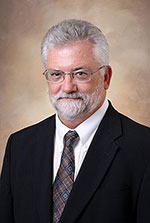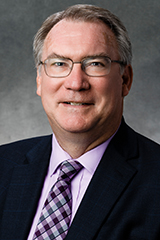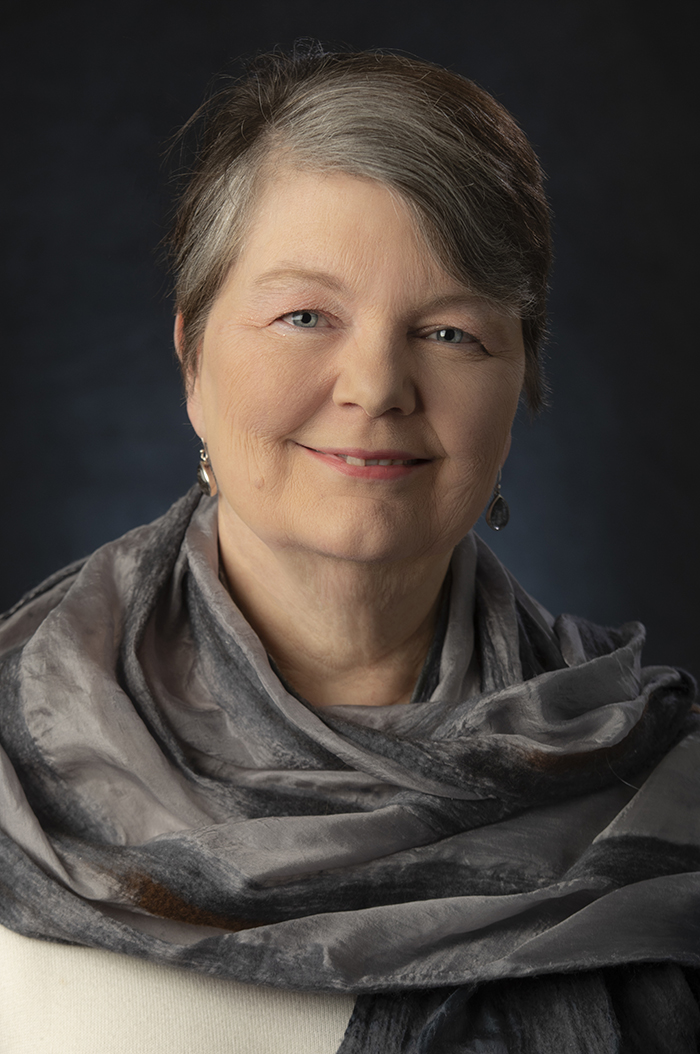By: Christopher Corts, Professor of Law, Legal Practice, University of Richmond School of Law
Teaching legal writing to 1Ls provides endless opportunities to help students grow their way through the stage-development process of professional identity formation. As students learn how to write in a way that effectively educates and persuades an audience of lawyers and judges, they learn important information about the particular skills, competencies, attitudes, and values they will need to develop if they are to successfully become the kinds of lawyers that employers want and society needs—the kind of lawyers they hope to be, in other words.
For today’s posting, I want to share a PIF-informed exercise I have developed in my Legal Analysis & Writing class. I will try to present it in a way that invites your own tinkering and innovation.
If you share my conviction that education toward professional identity formation (PIF) ought to be integrated into other subjects being taught in the law school curriculum, this exercise can help you experiment with one way that transparently PIF-focused education can help Fall Semester Legal Analysis & Writing students learn more about two of the primary audiences they will be writing documents for during both semesters of a 1L legal writing course: lawyers and judges.
In the opening weeks of a first-year legal analysis and writing course, legal writing professors have a unique opportunity to seamlessly integrate professional identity formation into their legal writing curriculum. As explained below, professional identity formation instruction can help legal writing professors achieve core goals in the legal writing curriculum. By introducing students to core legal writing concepts, language, and skills that students will need to succeed in the short-term (in the writing course), students will learn invaluable information about the kinds of skills, competencies, attitudes, and values that they will need to thrive as professionals in the long-term, in their hopefully-long careers as lawyers who analyze and write to help clients solve legal problems.
In the paragraphs that follow, I will attempt to briefly share what I have learned about how to integrate core analysis and writing objectives with professional identity formation-relevant content early in the 1L legal writing curriculum. To help facilitate your own experimentation, I will share the following:
(1) learning objectives to share with students;
(2) instructional resources that are useful for completing the unit of instruction;
and
(3) an instructional sequence you can use to execute the published objectives.
An appreciation for learning in context[i] is a core feature of any skills-based class. As professors of legal writing, we are lawyers who teach 1Ls early (and often) in their process of professional identity formation. We are uniquely positioned to introduce our students to two threshold questions from the very start of our writing courses. These two questions are familiar features of any professional communication course:
Who is your audience?
What is your purpose for writing to them?
In the context of the opening weeks of a required 1L writing class, these two critical questions require students to do something nearly impossible for novices to do: imagine what it is like to actually be a lawyer, working in context, with limited (or possibly no) direct observation or experience.
Whatever 1Ls may come to law school knowing about the profession, even when they have practiced law in another country prior to enrolling in an American law school, this fact remains: no 1L has ever yet worked as a lawyer licensed by a jurisdiction in the American legal system.
As instructors, we know that, even as legal interns or summer associates, our students will be expected to complete core lawyering tasks in the same way that veterans of the profession complete them: in the context of a role-based, frequently-adversarial system that is populated by a range of familiar types. Whether our students’ future bosses prove to be some combination of happy, cranky, nurturing, or antagonistic, in the American legal system, all lawyers of every kind must figure out how to thrive in a stressful, unpredictable, ever-changing, perpetually time-deprived, chronically stressed-out, unapologetically-perfectionistic, hyper-achieving culture that defines us as a collective (and as individuals, if we are not intentional and careful). For better or worse.
Several years ago, wanting to give more intentional instruction about the context of lawyering earlier in my legal writing course, I started experimenting with offering a short unit of professional identity formation-style instruction during the first week of the course. I designed it to help legal analysis and writing novices do two foundational things: (1) learn about their audience (lawyers); and (2) learn how to write a simple C-R-A-C.
In the paragraphs that follow, having learned from trial and error, I will share three resources I have developed in order to help you experiment with your own version of this exercise in your legal writing class: (1) learning objectives; (2) instructional resources; and (3) an instructional sequence.
Part 1: Learning Objectives
This exercise uses conventional professional identity formation-related resources in order to achieve five learning objectives that are directly related to success in a legal analysis and writing course. Here is how I articulate the learning objectives for my students.
———————————————————————–
This short unit of instruction is designed to help familiarize you with one of every lawyer’s most frequent audiences: other lawyers. By completing this unit of instruction, you will more fully appreciate the people to whom you will be frequently writing in this course—lawyers and judges. The more you appreciate about them, the more you will understand how you need to learn, grow, and change over the next three years.
Specifically, completing this exercise will help you:
-
- identify the features that help to demarcate law as a “profession”;
- identify some of the issues related to quality, equity, well-being, and the delivery of legal services that all lawyers are professionally obligated to address as part of our duty to maintain the health and integrity of the profession and society’s system of legal justice;
- identify some of the skills, values, and competencies that data suggests are most relevant to legal practice in America;[ii]
- assess your own proficiency at the skills and competencies that data suggests are most relevant to legal practice in America; and
- use your own self-assessment to practice writing a simple argument in the C-R-A-C form that is familiar to all lawyers, and which helps to distinguish legal arguments as belonging to a particular genre or type.
———————————————————————–
Notice: the final learning objective adds an additional layer of legal writing-specific instruction to the exercise. It helps to more seamlessly embed “professional identify formation”-style content and also justify it for especially literal-minded students who are expecting instruction relevant to Legal Analysis and Writing (or whatever your course may be titled).
In my experience, students embrace the purposeful design of the exercise. They have even enjoyed it; rare is the 1L who does not appreciate an opportunity to start a new educational initiative by thinking about herself! And it helps to teach students that professional identity formation can be easily integrated into a first-year legal analysis and writing course. All students can be assured that they will be learning about the skills most relevant to successful work as a professional by learning two of the skills most relevant to success in this course: (a) knowing your audience; and (b) expressing an argument that adheres to a simple IRAC / CRAC form in an audience-sensitive way.
Part 2. Instructional Resources
To achieve the learning objectives identified above, I draw from several resources:
A. Excerpts from historical, first-person accounts of what it means to “be a lawyer”—especially those written by lawyers from historically-marginalized communities;[iii]
B. Information about the history of the profession,[iv] professionalism, professional oaths, and other legal writing-specific educational content[v] published by state bar associations[vi];
C. The “Profile of the Profession” data[vii] that is published annually by the American Bar Association; and
D. Data about the skills, values, and competencies most relevant to legal practice.[viii]
In endnotes referenced above, I have identified particular texts and resources I have used through the years. But I have tried to describe the four general categories of instruction that I have tried to include. Collectively, these different categories help to capture what it means to be a professional and what it means to be a lawyer, specifically. And what skills, values, and competencies lawyers in America value in themselves and expect of other lawyers, given the particular needs of clients. There are a wealth of resources you can draw from. New resources are being updated and made available all the time. Experimentation is encouraged!
Part 3. The Instructional Sequence
Putting all of this together, the instructional sequence looks something like this:
- Preparation for class. Prior to class, I assign foundational homework to prepare students to complete the instructional sequence. The homework is usually some intentionally-curated combination of readings excerpted from suggestions I provided in end notes to Instructional Resources A. and B. in Part 2 above.Because I will be asking the students to write an IRAC / CRAC for the first time, I also assign a brief written introduction to IRAC / CRAC. I use an excerpt from the textbook I have adopted for my course[ix], but many other resources – including short videos published online – are easily accessible and can achieve the same purpose.
- In-Class Lecture and Work. During class, I deliver a lecture (with visual illustrations) that briefly introduces students to three topics:
- (i) the most recent “Profile of the Profession” data published annually by the American Bar Association (as described in letter C. in the list of Instructional Resources provided in Part 2 above);
- (ii) scholarship and data related to the professional skills, values, and competencies that are most relevant to legal practice (as described in letter D. in the list of Instructional Resources provided in Part 2 above);
- (iii) the significance IRAC / CRAC in legal analysis and writing.
- Homework. After class, I have students complete two exercises, which they finish on their own time as homework following class.
- First, they should complete a brief self-assessment exercise that asks students to rate and justify their proficiency in the skills and competencies covered in the readings and lecture (#1 & #2 above).
- Second, when they have created that self-assessment exercise, they should complete an exercise that asks them to use the simple CRAC form to argue that they will make an effective lawyer based upon their ability to articulate a minimally-competent level of proficiency for three of the lawyer-competencies identified in the self-assessment exercise.For example, a simple C-R-A-C-style paragraph could mirror this form (with each student filling out the bracketed information based upon her assessment):
I believe I will make an effective Lawyer.[x] An effective lawyer is someone who can competently perform three or more skills that data suggests lawyers need for effective practice.[xi] Currently, I am at least minimally competent at doing [list 3 skills[xii] from the self-assessment tool that you can currently perform with at least a minimal level of proficiency].[xiii] For example, [here, in a series of short sentences, list each of the justifications you gave for the proficiency rating you assigned yourself for each of the three competencies you identified in the previous sentence.] In all these ways, since I have demonstrated I am at least minimally competent at doing [list again the three competencies selected above], I believe I will make an effective lawyer.[xiv]
-
- Third, I collect the self-assessment instruments and the simple C-R-A-C. I do not mark, comment upon, or grade the self-assessment instrument. I do assess and provide detailed feedback – but not a grade – on the simple C-R-A-C paragraph. But when I assess it, I am only commenting on the correct form—whether they effectively wrote each component of the C-R-A-C acronym in that sequence.
- Fourth, much later in the year, during the final class in Spring, I distribute the self-assessment exercise completed in Fall and ask students to read it, reflect on everything that has happened in the 1L year since the start of the Fall semester (when we completed the exercise), and update it. By asking students to complete the exercise again, they are able to make it current with any new experiences that they might have gained during the 1L year. By using this exercise to effectively book-end the 1L year in my course, I am able to help students appreciate the iterative process of self-reflection that will be key to lifelong learning in the profession. (Lifelong learning is a core lawyering skill!) This approach captures the stage-development process that I understand to be a hallmark of the professional identity formation process.
If you have any questions about how to plan or implement this exercise, or if you would like to share with me your own exercises or experiences doing comparable activities in the context of your course, please email me at ccorts@richmond.edu.

Christopher Corts is Professor of Law and Legal Practice at the University of Richmond School of Law.
[i] “There may be better and worse ways to learn to solve problems, but there appears to be no substitute for context. ” Gary L. Blasi, What Lawyers Know: Lawyering Expertise, Cognitive Science, and the Functions of Theory, 45 J. LEGAL EDUC. 313, 386-87(1995).
[ii] Whereas instruction designed for “professional identity formation” might emphasize education about professional culture as part of a process of indoctrination and enculturation, in the legal writing classroom, context is important for more discipline-specific reasons: because it can help students learn how to identify, research, analyze, and solve legal problems in order to write or verbally communicate coherent solutions for diverse audiences situated within that professional context. “There may be better and worse ways to learn to solve problems, but there appears to be no substitute for context.” Gary L. Blasi, What Lawyers Know: Lawyering Expertise, Cognitive Science, and the Functions of Theory, 45 J. LEGAL EDUC. 313, 386-87(1995).
[iii] See, e.g., Virginia Drachman, “Women Lawyers and the Origins of Professional Identity in America: The Letters of the Equity Club, 1887 to 1890,” (Ann Arbor, MI: University of Michigan Press, 1993). See also Constance Baker Motley, Equal Justice Under Law, (Farrar, Strauss, and Giroux 1998).
[iv] To give one example: in the past I have used excerpts from Anton Chroust’s two-volume history of the profession, The Rise of the Legal Profession in America (1965). Of course, more contemporary histories are easily available (and probably more easily accessible to readers!) in a shorter form: articles, excerpts from professional responsibility textbooks, etc. My goal is to provide a short excerpt that helps the reader understand what it means to be “a profession” (as opposed to some other career) and what marks “legal professionals” as “professionals” in a sociological sense.
[v] See, e.g., The Supreme Court of Ohio Commission on Professionalism, “Professionalism Do’s and Don’t’s: Legal Writing,” accessible online at https://www.supremecourt.ohio.gov/Publications/AttySvcs/legalWriting.pdf.
[vi] To give one compelling example, the state of Ohio publishes a number of professionalism resources that can introduce law students to the values and ideals of the profession—including some specific to legal writing. See, e.g., “Professional Ideals for Ohio Lawyers and Judges,” accessible online at https://www.uakron.edu/law/docs/proIdeals.pdf. See also The Supreme Court of Ohio Commission on Professionalism, “Professionalism Do’s and Don’t’s: Legal Writing,” accessible online at https://www.supremecourt.ohio.gov/Publications/AttySvcs/legalWriting.pdf.
[vii] The ABA maintains an interactive website that houses all of the data. See http://www.abalegalprofile.com.
[viii] There are an ever-increasing number of resources you could use to help craft this exercise. In the past, I have found the IAALS “Foundations for Practice” webpage to be a sensible place to start. See https://iaals.du.edu/projects/foundations-practice. To read the original report, see Alli Gerkman and Logan Cornett, “Foundations for Practice: The Whole Lawyer and the Character Quotient” (2016), accessible online at https://iaals.du.edu/publications/foundations-practice-whole-lawyer-and-character-quotient. Allyson Carrel and Cat Moon have innovated an “agile competency model for the modern legal professional” called “Design Your Delta,” accessible online at https://www.designyourdelta.com/about. For a thoughtful, scholarly approach, see also Neil Hamilton, “Empirical Research on the Core Competencies Needed to Practice Law: What Do Clients, Lawyers, New Lawyers, and Legal Employers Tell Us?,” The Bar Examiner 6-16 (September 2014).
[ix] Jill Barton and Rachel Smith, “Handbook for the New Legal Writer,” Aspen Publishing, (2d ed., 2019).
[x] This first sentence is a CONCLUSION.
[xi] This second sentence is a RULE.
[xii] Do not worry about the arbitrariness of this rule selection for now. Later in the course, as we learn more about hierarchies of authority, we will learn how to synthesize binding and persuasive rules that are less arbitrary—and more compelling to our reader—than this crude rule. For now, we just need to pick three competencies so we can create a rule and practice articulating a simple, coherent argument in a recognizable C-R-A-C form our reader will expect.
[xiii] This third sentence provides ANALYSIS of the rule; it applies the three competencies above to your self-assessment. The next sentence provides justification for the way you are here applying the rule; it is part of your ANALYSIS, too, because it helps the reader understand your rationale for concluding that you will make an effective lawyer given the rule (that data suggests the three named competencies are relevant to effective lawyering).
[xiv] This is your final CONCLUSION.

